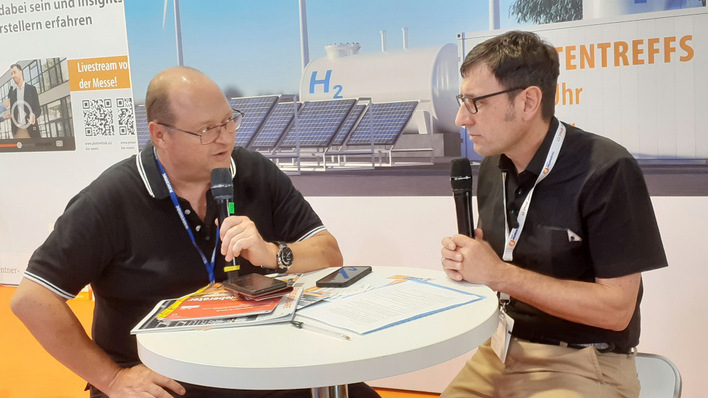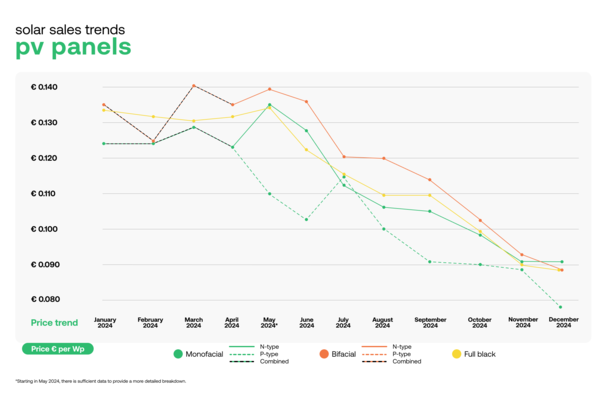The Dutch start-up Sald from Eindhoven reports increased demand for its technology from the space industry. With the "Spatial Atom Layer Deposition" technology developed by Sald, a new generation of solar panels that are more efficient and stable can be produced. The patented Sald process, which also being applied to innovative battery technology, makes it possible to produce coatings that are as thin as a single atom. These are well suited for integration into the next generation of spacecraft being launched by commercial space contractors such as Virgin Galactic, Blue Origin and Space-X.
Space-X: Integrated solar modules instead of solar arrays
One example of the integration of novel solar panels into a space capsule is Space-X' Crew Dragon. In June 2020, the manned spacecraft took two NASA astronauts to the International Space Station ISS on bord a Falkon 9 rocket.
The first regular astronaut launch for Space-X happened just recently on 16 November 2020. The November crew (Crew-1) is the first to be flown to the ISS by Crew Dragon after the manned test in the spring had been successful.
Capsule almost completely covered
One of the outstanding features of the space capsule is that the hull - from the engines to the nose cone - is almost entirely covered in innovative flexible and robust solar panels.
These two properties - flexibility and robustness - are achieved by a coating as thin as a single layer of atoms, which is possible thanks to the Sald technology. Outside of the Earth's atmosphere, the temperature difference between sunlight and shade is extreme. This causes metal objects, such as the hull of a space capsule, to expand and contract. Being much thinner than a coat of paint, the Sald panels can expand or contract along with the hull, any time they are exposed to sunlight or shade.
Conventional solar arrays are vulnerable
This integration of the solar energy supply into the hull is regarded as a decisive feature of future space craft, because it eliminates the need for expensive and unreliable solar arrays that unfold.
These vast arrays are susceptible to cracking while they are deployed and retracted, which is traditionally done using swivel joints and bellow-like contraptions. To repair any cracks or other mechanical faults, astronauts would have to exit the space station as part of an extravehicular activity, which can be dangerous and costly in terms of resources. (HS/mfo)







